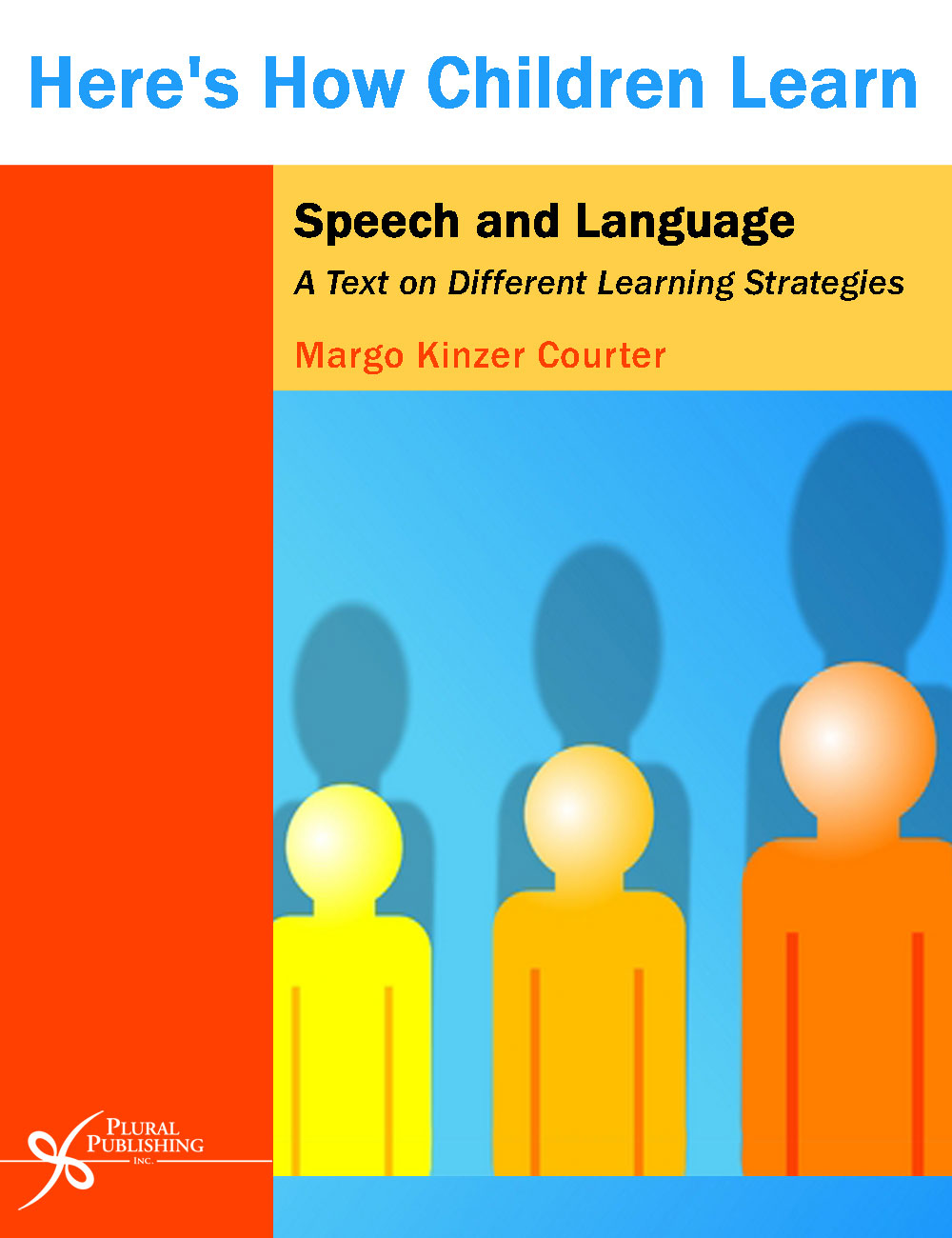
Here's How Children Learn Speech and Language: A Text on Different Learning Strategies
First Edition
Margo Kinzer Courter
Details: 185 pages, B&W, Softcover, 8.5" x 11"
ISBN13: 978-1-59756-366-6
© 2011 | Available
Purchase
Here's How Children Learn Speech and Language: A Text on Different Learning Strategies is an effective resource for speech-language pathologists working with children at the level of pre-kindergarten through high school. The author provides diagnostic tools to help clinicians assess underlying speech and/or language disorders that are impeding students' academic success.
Once the underlying diagnoses are obtained, the author assists the clinician with identifying goals and developing strategies to meet those goals and improve academic performance. The strategies allow the SLP to incorporate the content of the child's school lessons, and they can be used across all curriculum areas. By basing the strategies on the student's individual speech and language abilities, the clinician will be best able to assist the student with following written and oral directions, reading fluency and comprehension, critical thinking, and retrieval.
Here's How Children Learn Speech and Language: A Text on Different Learning Strategies is an essential resource for school-based SLPs and educators who work with children with speech and language disorders in the educational setting.
Foreword
Preface
- Chapter 1. Just the Facts
- Introduction
- Here Are Important Definitions
- Here Are Some Facts
- Fact #1: Percent of Students With Learning and Language Disabilities
- Fact #2: (Central) Auditory Processing Disorder (APD), Language Impairment, and Reading Disorder
- Fact #3: Childhood Apraxia of Speech, Language, and Learning Disorders
- Fact #4: Word-Finding, Language Impairment, and Learning Disabilities
- Fact #5: Percent of Students With Learning Disabilities
- Fact #9: Language-Based Learning Disability Is a Better Descriptor Than Dyslexia
- Here Are Some Signs for Students Who May Be at Risk of a Learning Disability
- Here Are the Laws That Guarantee an Equal Education for All
- Introduction to Individuals With Disabilities Education Act (IDEA 2004)
- Here’s Information Regarding Reauthorization of IDEA 2008
- Here’s Information Regarding the NCLB Act of 2001
- Introduction to Section 504 of the Rehabilitation Act (1998)
- Here Are the Agencies That Enforce the Laws
- Office for Civil Rights (OCR)
- The Office of Special Education and Rehabilitative Services (OSERS)
- State Educational Agencies
- Conclusion
- References
- Chapter 2. Diagnostics
- Introduction
- Preschool/Kindergarten Children
- Morphology Introduction
- Phonology Introduction
- Auditory Short-Term Memory Skills Introduction
- Word Finding Introduction
- Possible Assessment Tools
- School-Age Assessment Essentials Introduction
- Rating Scales
- Receptive and Expressive Vocabulary Measures
- Word-Finding Measures
- Receptive and Expressive Language Testing
- Central Auditory Processing Disorder (C)APD
- Written Language Expression
- Phonological Awareness Assessment
- Problem Solving
- Determining the Significance of the Testing Results
- Possible Profiles
- What Happens After the Evaluation
- Conclusion
- References
- Chapter 3. Getting Started: Preliteracy Skills
- Introduction
- Auditory Short-Term Memory Introduction
- Area: Auditory Short-Term Memory
- Auditory Short-Term Memory Strategies
- Sequencing Events Introduction
- Area: Sequencing of Events
- Sequencing Strategies
- Phonological Awareness Introduction
- Area: Phonological Awareness
- Strategies for Phonological Awareness
- Narrative Skills Introduction
- Area: Narrative Skills
- Developing Narrative Skills Strategies
- Preschool Language Skills and Possible Academic Effects
- Conclusion
- References
- Chapter 4. Reading Is Rocket Science
- Introduction
- Early Reading Introduction
- Area: Early Reading
- Early Reading Strategies
- Building Reading Success Introduction
- Area: Building Reading Success
- Building Reading Success Strategies
- Conclusion
- References
- Chapter 5. Across the Curriculum
- Introduction
- Symbols and Abbreviations in Note Taking Introduction
- Vocabulary Introduction
- Vocabulary Goals
- Vocabulary Strategies
- Information Presented Orally Introduction
- Spoken Directions and Lecture Information Goals
- Spoken Directions and Lecture Information Strategies
- Following Written Directions Introduction
- Following Written Directions Goals
- Following Written Directions Strategies
- Reading Comprehension Introduction
- Reading Comprehension for Paragraph-Length Information Goals
- Paragraph-Length Material Strategies
- Reading Comprehension for Subject-Based Information Goals
- Subject-Based Information Strategies
- Reading Comprehension for Literature Goals
- Reading Comprehension for Literature Strategies
- Reading Comprehension and Critical Thinking Goals
- Reading Comprehension and Critical Thinking Strategies
- Reading Comprehension for Test-Taking Strategies
- Reading Comprehension for Test-Taking Strategies
- Conclusion
- References
- Chapter 6. Expressing Oneself Through Writing
- Introduction
- Assessment Tools Review
- Strategies to Improve Writing Skills Introduction
- Here’s How to Use Strategies to Assist With Written Language
- Here’s How to Use Webs, Venn Diagrams, and Other Graphic Organizers
- Here Are Programs for Writing
- Basic Concepts for Written Language Introduction
- Here Are the Basic Mechanics for Written Language
- Grammar Introduction
- Here’s How to Assist With Understanding Grammar
- Here’s Additional Grammar Information for Older Students
- Remediation, Modifications, Accommodations, and Bypass Strategies Introduction
- Here Are Some Accommodations for Written Language
- Here’s How to Use the Computer and Writing Software/Tools
- Editing Checklist
- Here’s How to Use an Edit Checklist for Writing
- Conclusion
- References
- Chapter 7. Publishers Provide What?
- Introduction
- Here Are the Resources That Publishers Offer for Teachers
- Resources for Students
- Here Are Some Advantages for Students With Language-Based Learning Disabilities
- Reference
- Chapter 8. Classroom Strategies
- Introduction
- Introduction to a Consistent Environment
- Prekindergarten/Kindergarten
- Schedule Boards
- Visual Reminders for Behavior
- Phonological Awareness, Phoneme Awareness, and the Alphabet Principle
- First and Second Grades
- Third Grade Forward
- Webs
- T Charts
- Venn Diagrams
- Cornell Notes
- Written Directions and Paragraph-Length Materials
- Written Language Expression
- Math
- Accommodations for Students Introduction
- Here’s How Accommodations Can Assist a Student
- Consistency Across Grades and Educators Checklist
- Conclusion
- References
- Chapter 9. Strategies for Home
- Introduction
- Home Strategies for Preliteracy Skills Introduction
- Here’s How Parents Can Assist Their Child With Preliteracy Skills
- Home Strategies for Literacy Skills Introduction
- Here’s How Parents Can Work With Their Student on Developing Literacy Skills
- Home Strategies to Increase Auditory Short-Term Memory and Comprehension Introduction
- Home Strategies for Reading Comprehension Introduction
- Here’s How to Work on Reading Comprehension at Home
- Home Strategies for Critical Thinking Introduction
- Here’s How to Work on Critical Thinking at Home
- Written Expression Introduction
- Here’s How Parents Can Assist Their Student With Written Expression
- Home Strategies for the Concepts and Language of Math Introduction
- Here’s How to Work on Math at Home
- Conclusion
- References
- Chapter 10. The Greatest Resources
- Introduction
- Childhood Apraxia of Speech (CAS)
- Here’s How to Treat Childhood Apraxia of Speech
- American Speech-Language-Hearing Association (ASHA)
- Kaufman Children’s Center
- The Late Talker: What to Do If Your Child Isn’t Talking Yet
- Apraxia-KIDS
- Word Finding
- American Speech-Language-Hearing Association (ASHA)
- Word-Finding Difficulties
- Word Finding Intervention Program 2 (WFIP 2)
- The Brain and Language
- Executive Skills in Children and Adolescents: A Practical Guide to Assessment and Intervention (Practical Intervention in the Schools)
- BrainGym.com
- Brain-Based Learning: The New Science of Teaching and Training
- How the Brain Learns to Read
- How the Brain Learns
- How the Special Needs Brain Learns
- The Leadership Brain: How to Lead Today’s Schools More Effectively
- Developmental Language Disorders
- Literacy
- American Speech-Language-Hearing Association (ASHA)
- Carl’s Corner
- abcteach.com
- Sing Me a Story
- National Institute for Literacy (NIFL)
- Road to Reading: A Program for Preventing and Remediating Reading Difficulties
- ClickN READ Phonics®
- Earobics
- HearBuilder’s Phonological Awareness
- Discover Lexercise
- Hubbard’s Cupboard
- Reading Rockets
- Kidzone
- Phonics
- Reading A-Z
- ReadWriteThink
- PreLiteracy.com
- Written Language Expression
- Step Up to Writing
- The Writing Lab Approach to Language Instruction
- The Story Grammar Marker
- Draft Builder
- Writing Tools
- Inspiration Software, Inc.
- Math
- TouchMath
- Math Helpers
- Classroom Organizers/Schedules
- Make a Schedule
- Board Maker
- Images/Sounds and Pictures
- Graphic Organizers
- Cause and Effect Graphic Organizers
- Freeology.com
- Inspiration Software, Inc.
- Using Visual Maps
- Study Skills and Test-Taking Strategies
- Study Skills
- Test-Taking Strategies
- E-Z Test Readiness (Study Skills)
- Classroom Amplification
- The Laws
- Americans with Disabilities Act (ADA)
- Individuals with Disabilities Education Act (IDEA)
- U.S. Department of Education Home Page
- General Information
- LD OnLine
- National Assessment of Educational Progress (NAEP)
Conclusion
References
Glossary
Index
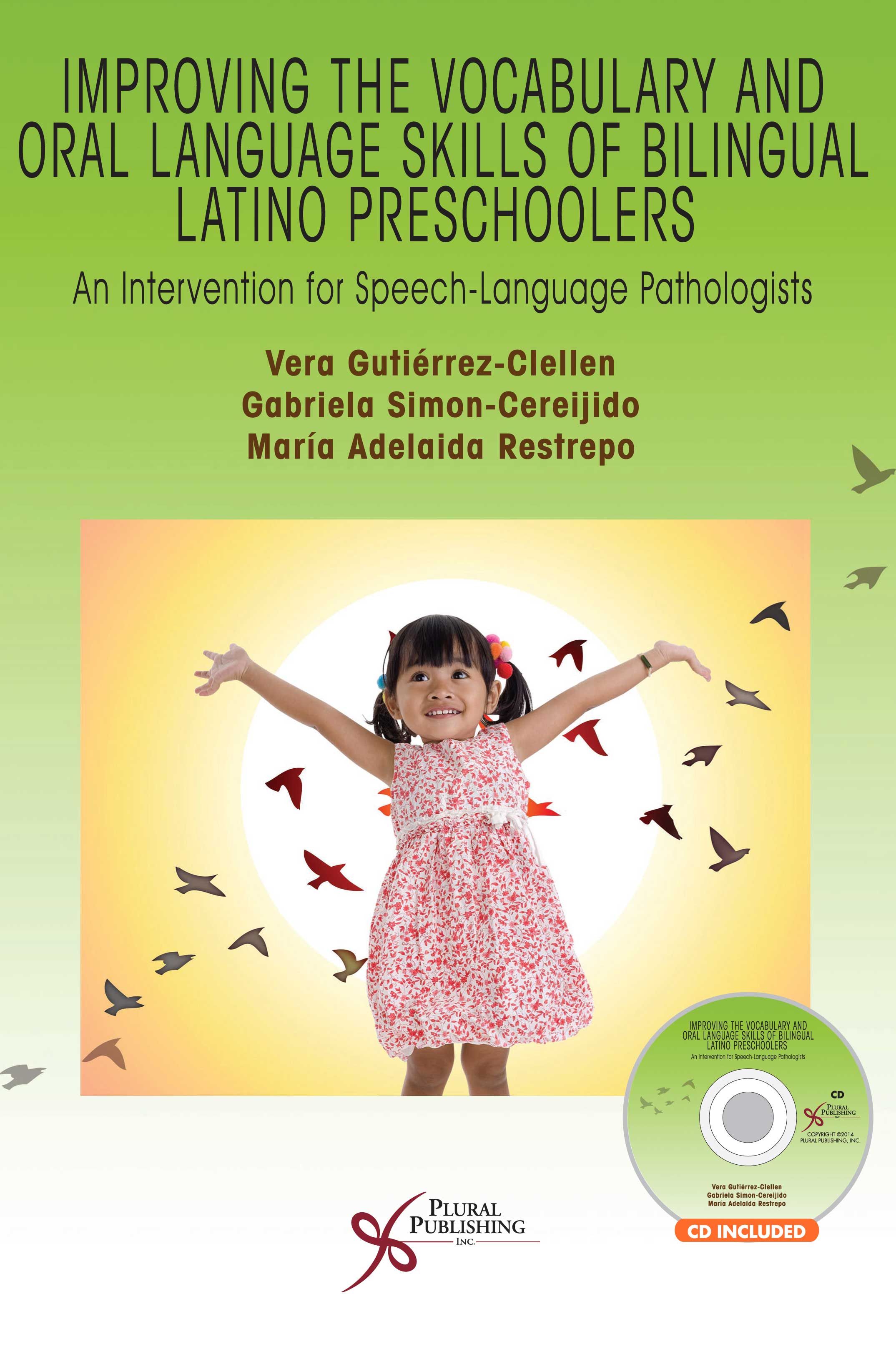
Improving the Vocabulary and Oral Language Skills of Bilingual Latino Preschoolers: An Intervention for Speech-Language Pathologists
First Edition
Vera Gutierrez-Clellen, Gabriela Simon-Cereijido, M. Adelaida Restrepo
Details: 136 pages, B&W, Spiral Bound + CD, 8.5 x 11"
ISBN13: 978-1-59756-519-6
© 2014 | Available
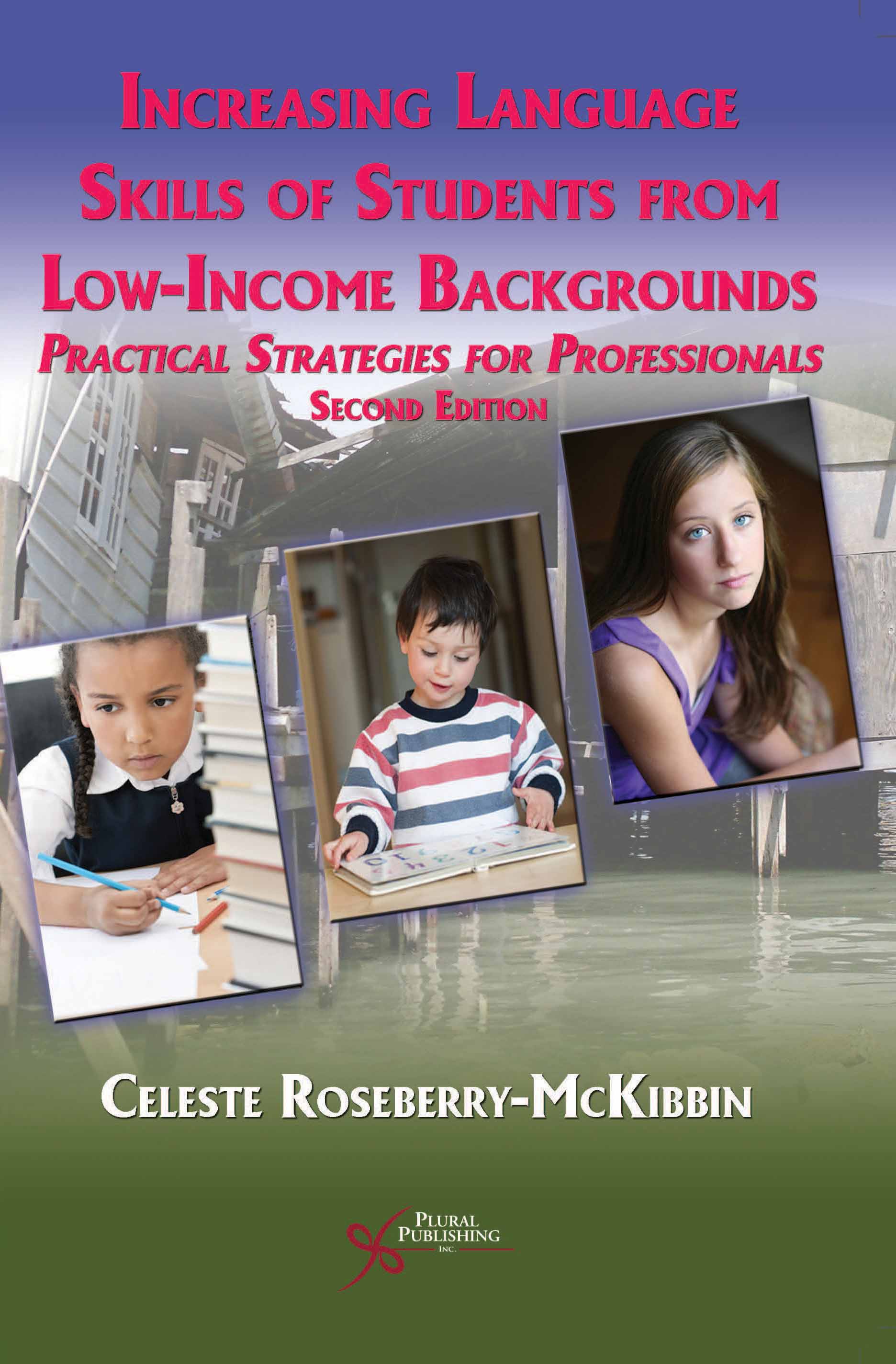
Increasing Language Skills of Students from Low-Income Backgrounds: Practical Strategies for Professionals
Second Edition
Celeste Roseberry-McKibbin
Details: 480 pages, B&W, Softcover, 6" x 9"
ISBN13: 978-1-59756-497-7
© 2013 | Available
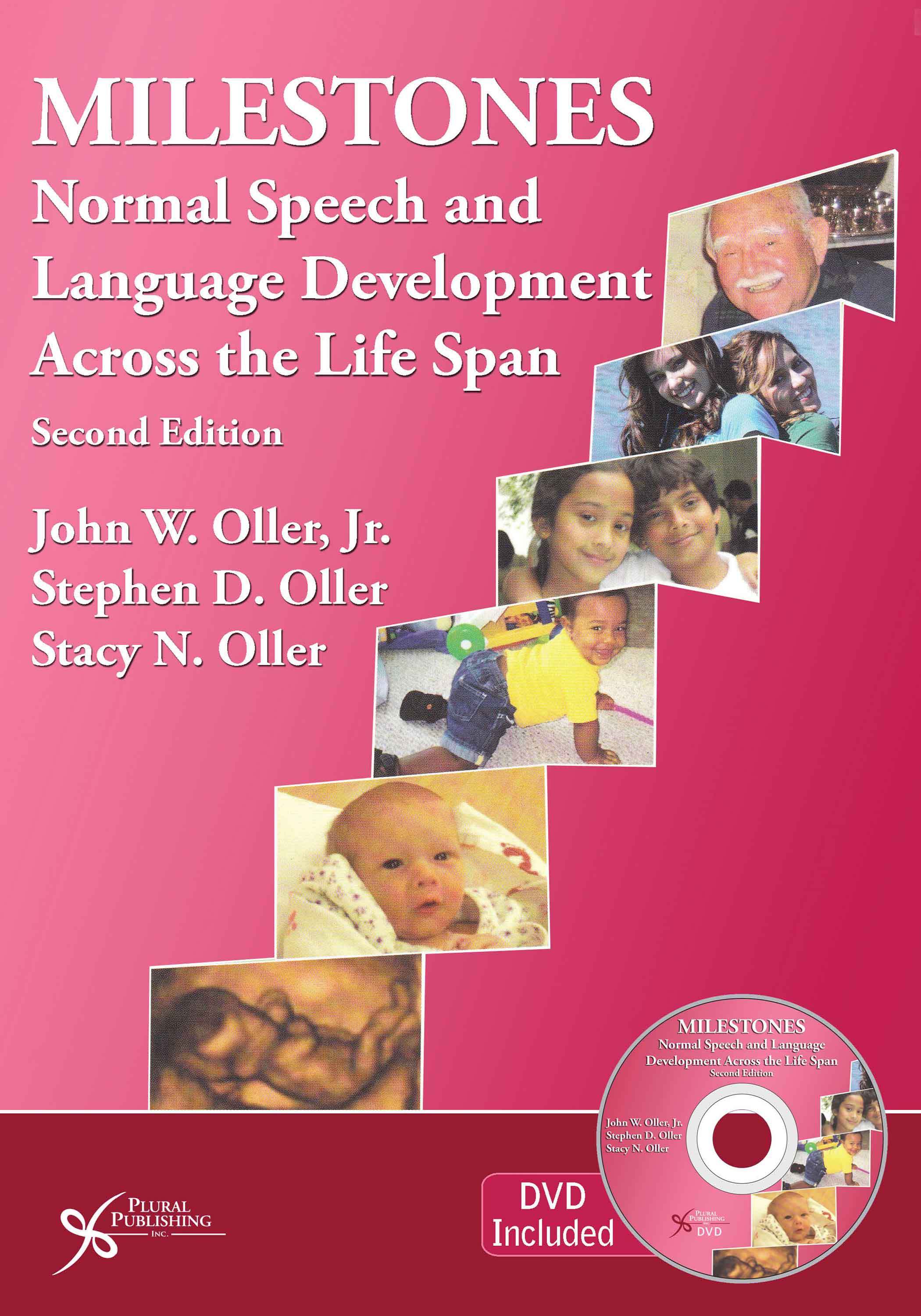
Milestones: Normal Speech and Language Development Across the Life Span
Second Edition
John W. Oller, Jr., Stephen D. Oller, Stacy Oller
Details: 624 pages, B&W, Softcover, 7" x 10"
ISBN13: 978-1-59756-501-1
© 2013 | Available
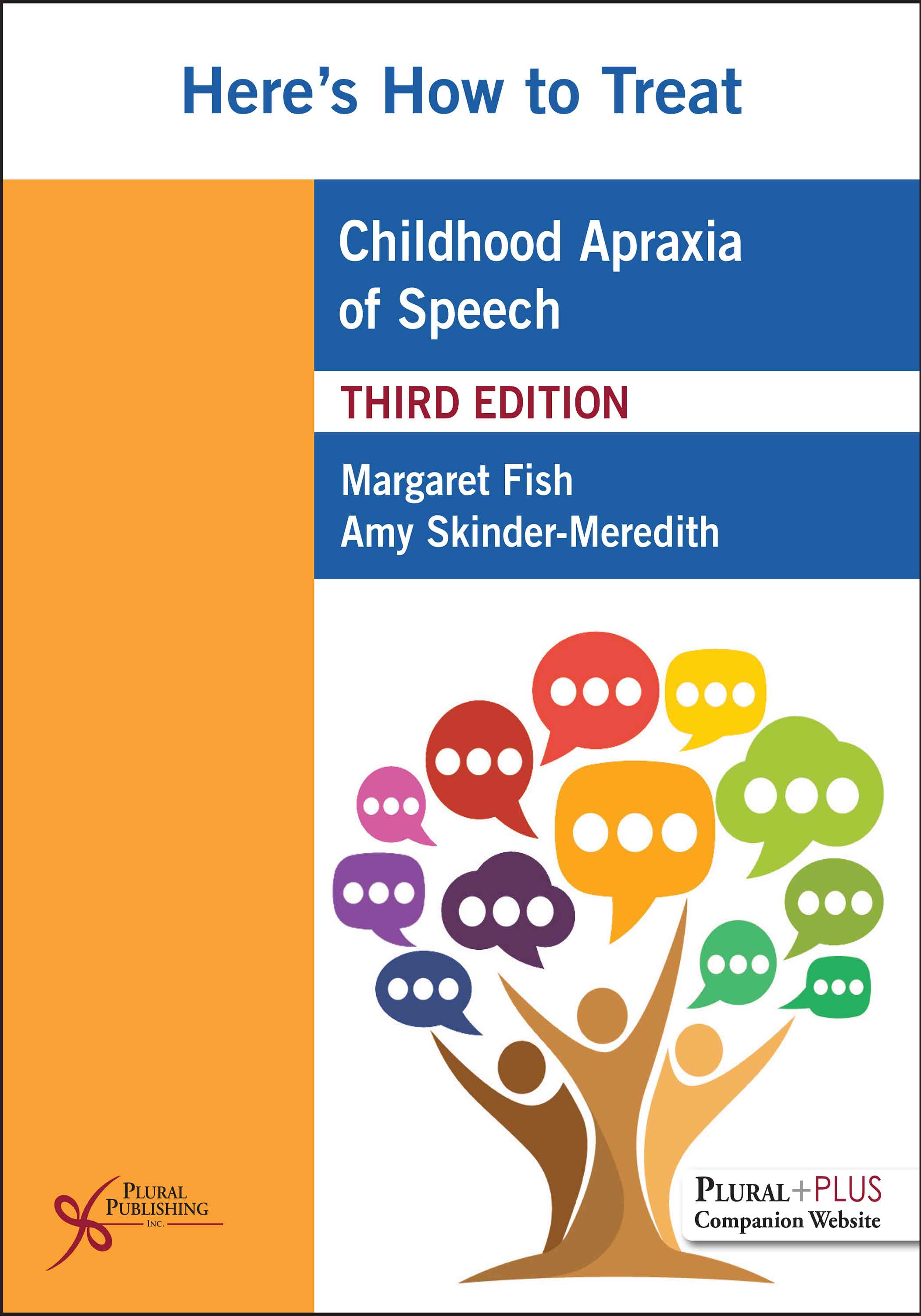
Here's How to Treat Childhood Apraxia of Speech
Third Edition
Margaret Fish, Amy Skinder-Meredith
Details: 401 pages, B&W, Softcover, 8.5" x 11"
ISBN13: 978-1-63550-283-1
© 2023 | Available
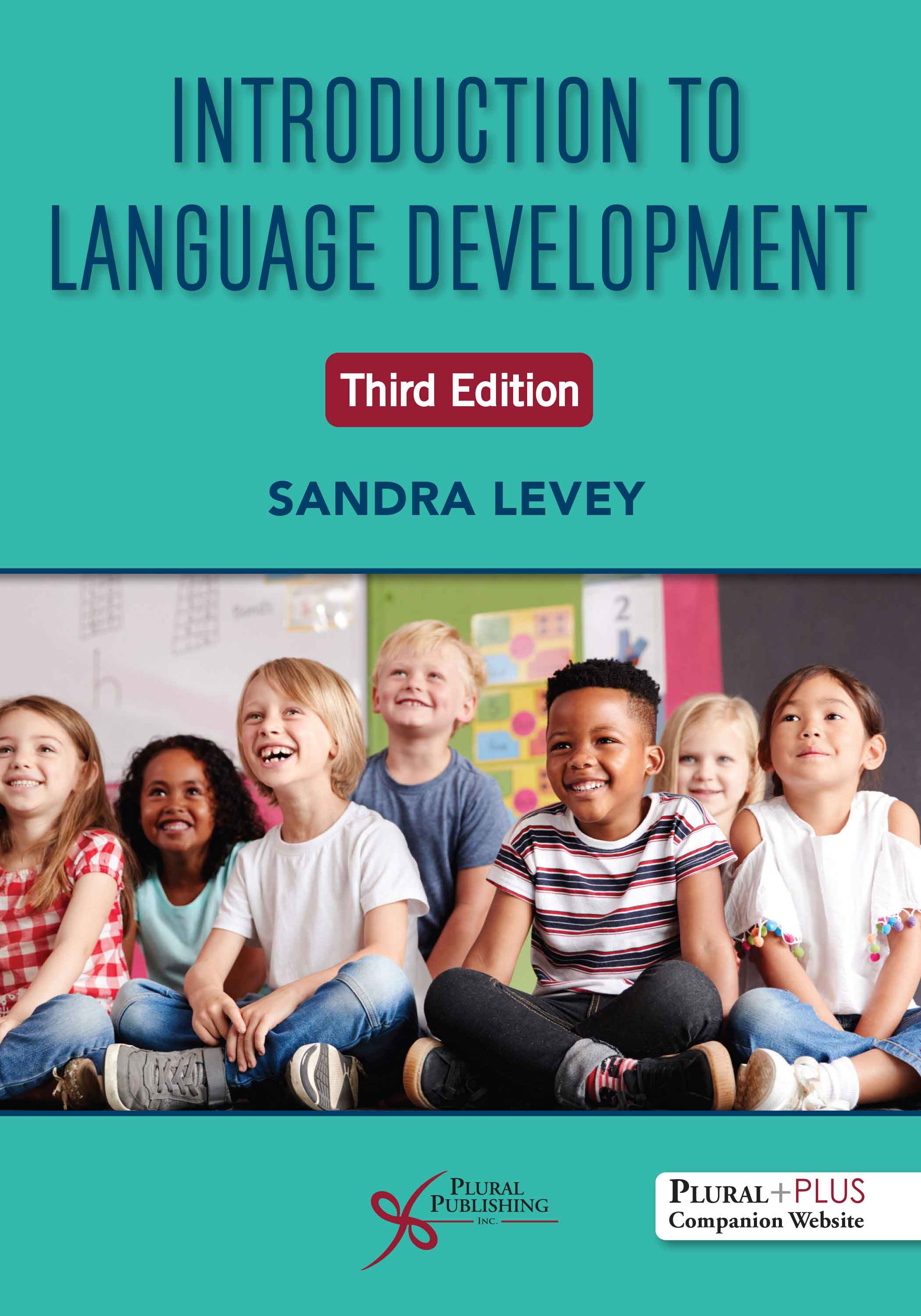
Introduction to Language Development
Third Edition
Sandra Levey
Details: 317 pages, 2-Color, Softcover, 7" x 10"
ISBN13: 978-1-63550-377-7
© 2024 | Available

